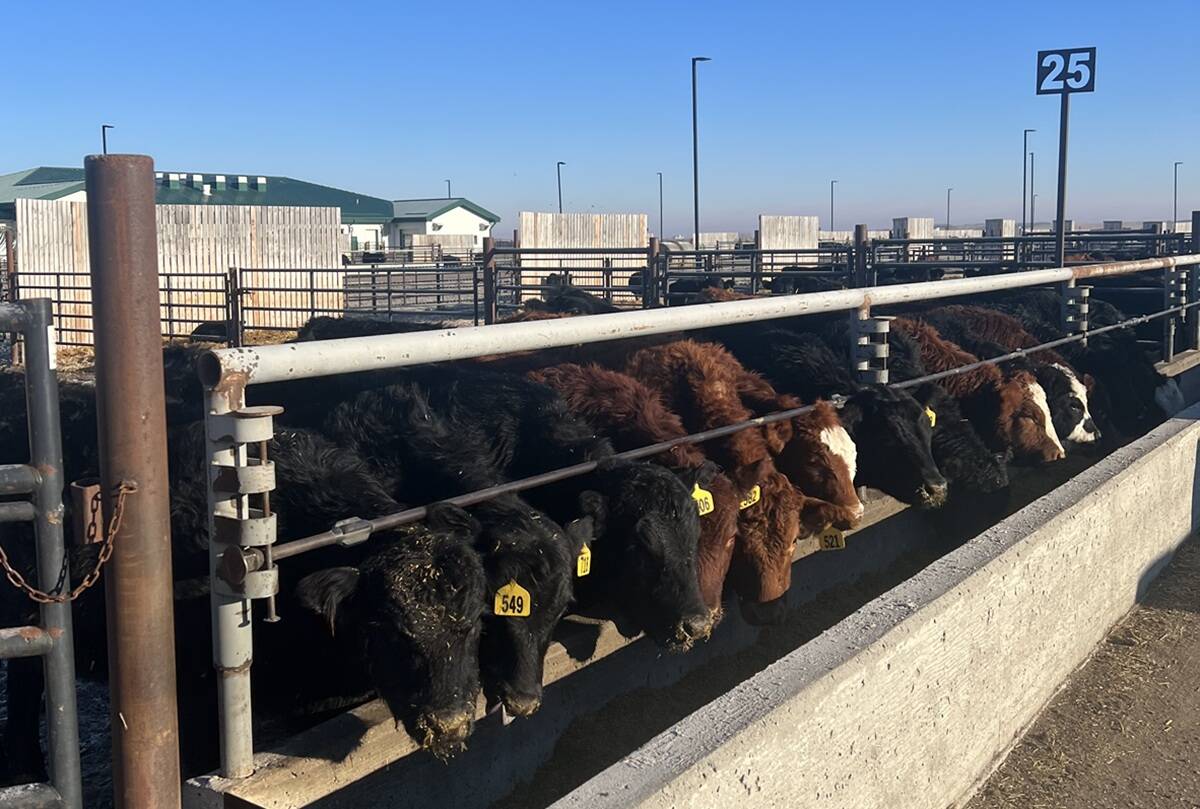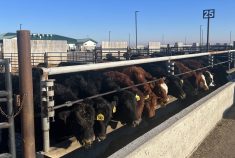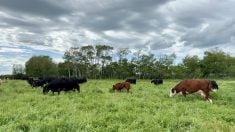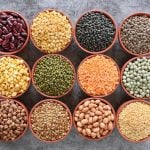Last month we discussed the dynamics of rumen fermentation and the contribution that rumen microbes, particularly bacteria make to the nutrition of cattle. For those of you who missed that column, I will summarize by stating that achieving a desired level of performance whether we are dealing with a bred cow or a finishing steer depends to a large extent on how your feeding program promotes a healthy and active rumen microbial population.
When feeding cattle for different stages of production (i.e. maintenance, lactation, pregnancy and/or growth), our goal is to target the right quantity and combination of feeds that meet the animal’s nutrient requirements.
Read Also

Managing newly received calves in the feedlot
What should cattle feeders focus on after calves arrive at the feedlot?
One of the first steps in achieving this goal is promoting bacterial growth and fermentation activity by supplying a ration balanced for fermentable energy and protein. There are, however, several examples where feeds may appear to supply appropriate fermentable nutrients but due to a mismatch of either available carbohydrate or protein, fail to support rumen fermentation and as a result, performance suffers. As an example, consider a group of bred cows grazing mature forage in the late fall/early winter. Even though there is often an adequate supply of grass, it is not uncommon for these animals to lose weight. One of the reasons for the poor performance under these conditions is that the grass is low in rumen degradable protein. This leads to poor bacterial growth and as a result, rumen fibre digestibility is reduced, leading to reduced dry matter intake and ultimately weight loss.
- Read more: Feed the rumen first! – Pt. 1
Feeding corn-based diets is a second example where an imbalance of rumen fermentable energy and protein can exist. Corn grain is high in energy but relatively low in protein. Further, corn protein has a higher rumen bypass value than other cereal grains. As a result, most corn-based finishing rations require protein supplementation. However, due to the high bypass value of corn protein, one needs to consider the rumen degradability of the supplement if one wants to ensure that rumen bacterial needs are met. With corn-based diets urea is often used as a supplement as it is a rapidly degradable, inexpensive source of nitrogen (i.e. ammonia) that rumen bacteria can use to synthesize amino acids (and ultimately protein).
These examples illustrate that when the diet is short on degradable protein; supplementation not only enhances bacterial protein synthesis, but also helps to optimize rumen fermentation of energy yielding carbohydrates such as starch and cellulose. This concept of matching rumen available energy and protein forms the basis of modern approaches to feed analysis and ration formulation.
It was not that long ago that when a feed was tested, the report provided basic values for dry matter, crude protein, crude fibre and perhaps energy content. As our understanding of rumen fermentation has progressed, so has the level of detail provided by our commercial feed test laboratories. For example, modern approaches to feed protein analysis provides knowledge as to how much protein is soluble in the rumen fluid and thus readily available to rumen bacteria, how much is slowly degraded, the extent of rumen protein degradability (i.e. rumen degradable versus undegradable protein) as well as how much of the protein is unavailable to both the rumen and the animal. An example of the latter is the protein in heated silage, which often is very indigestible.
Similar changes have occurred with respect to forage fibre analysis. Instead of the single crude fibre measurement of the past, today we measure both acid and neutral detergent fibre content. Acid detergent fibre is comprised of cellulose and lignin and can be used to predict forage digestible energy content. Neutral detergent fibre (NDF) represents the structural carbohydrate that is found in the plant cell wall and consists of cellulose, hemicellulose and lignin. Nutritionists, particularly those who work with dairy cattle, pay close attention to NDF intake as it can negatively influence total dry matter intake.
While NDF intake is still an important factor to consider, today many laboratories offer tests for determining NDF digestibility (i.e. 30- or 48-hour NDF digestibility). Such testing provides an estimate of digestible as well as the indigestible NDF content of a feed. Researchers from Cornell University (M.L. Thonney and D.E. Hogue, 2013 Cornell Nutrition Conference) suggest that dry matter intake is negatively related to forage indigestible NDF content. These researchers are proposing that by regulating the indigestible NDF content of a diet, you can more accurately regulate dry matter intake, and that by balancing the degradable NDF fraction in the diet with the non-structural carbohydrate supply (i.e. starch) it is possible to more accurately regulate performance.
While many of these concepts seem academic in nature, they are the basic principles that will dictate how we formulate rations and feed cattle in the future. Understanding the rumen and how we can formulate diets to optimize rumen fermentation and microbial protein synthesis will be keys to extracting maximum value from our rations and in keeping the beef industry competitive with other protein sources.
In closing, I would like to wish all readers a “Happy and Healthy New Year!”
John McKinnon is a beef cattle nutritionist at the University of Saskatchewan
















